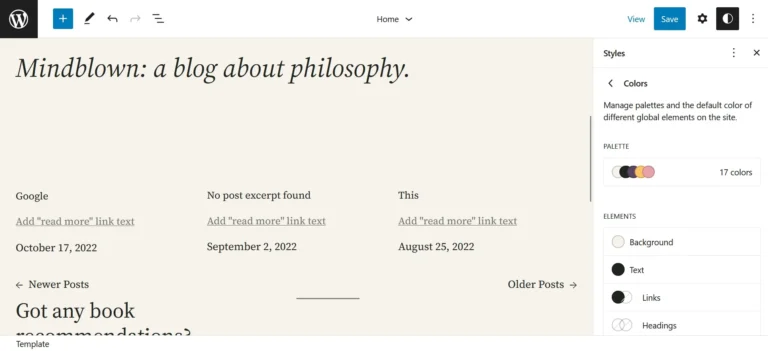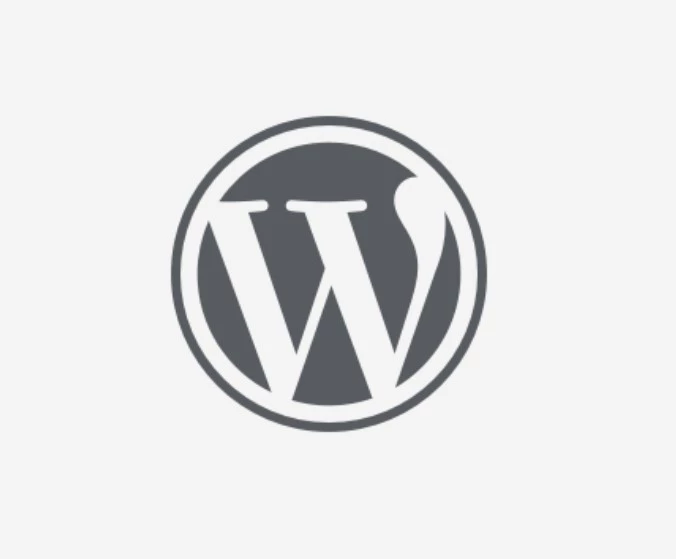WordPress and Bootstrap are leaders in their own niches. If you’re planning to build a website and someone recommended Bootstrap and WP, and you’re wondering which framework you should use, go through the below paragraphs where I’ve compared the framework and the website builder.
Bootstrap is a framework used for building websites. It is one of the most popular frameworks right now. If you’re using it, you can create various types of layouts within seconds because of the easy-to-understand and easy-to-implement grid system. The rows and columns are part of the container. Columns and rows in this framework can be a part of each other. The framework ships with various types of custom-built HTML elements, aka components such as tabs, accordions, panels, alert boxes, etc. It also ships with stylized HTML elements such as buttons, labels, etc.
WP is the most used CMS. Over 40% of websites you will find on the internet are powered by it. WP themes might be built from scratch using plain HTML, CSS, or JavaScript, or they might be powered by one of the open-source CSS/front-end frameworks. For example, you will find Bootstrap or TailWind CSS-powered WP themes on the internet. A few years back, WP users had to depend on the theme or WP plugins for customizing their sites. After the introduction of the Gutenberg editor and with the availability of powerful page builders such as Elementor, and Beaver Builder, the dependency has reduced.
Coding a WordPress theme or plugin requires knowledge of WP functions/hooks, PHP, HTML, CSS, and JavaScript. WP developers have shared several working examples of pre-built functions and hooks. You must also adhere to the WP developer guidelines for the safety of the plugin/theme user and the WP database. The time taken to build a theme or a plugin depends on the complexity of the theme/plugin.
If you know coding and a programming language, creating a website from scratch with Bootstrap won’t be a daunting task as you don’t have to understand or use any custom-built method. For example, the WP ajax system is complex. No matter how many ajax driven applications you have built, you’ll have to spend some time understanding the WP ajax calls. If you’re using Bootstrap, you can use jQuery or JavaScript’s ajax functions.
Bootstrap is a front-end framework. You can build a static HTML site using it, but to build a website that does some tasks such as performing calculations, saving data, etc you must know one of the programming languages that support HTML. Some of the languages are PHP, Java, Python, Ruby, etc. You must also learn to write simple and complex SQL queries.
Creating a layout is easy with Bootstrap, but designing a feature-rich site would take time as you will have to write code for each element you’re planning to add to the site. For example, the framework allows you to create beautiful forms quickly but to read data from the form and save the same to a database, you will have to write code by yourself. Also, if you’re using a programming language other than PHP, you will have to use an unmanaged hosting service because you won’t find many shared hosting companies that support Java, Ruby, etc. Users of unmanaged hosting services must manage the server by themselves. They must install a webserver/application server, and database server and make changes to their config files. Users will also have to deploy the application and back up the website data manually.
WP is labeled as a CMS, but I would call it a self-hosted website builder. You’ll find hundreds of shared hosting companies that enable you to launch a WP site within a few minutes. The shared hosting companies provide a tool called the “1-click WordPress installer”. The tool asks you to enter the password, username for your WP installation, and website name. Once you enter these details and click the install/submit button, your WP website will be live in moments.
WP CMS has three main components – themes, plugins, and Gutenberg editor. The Gutenberg editor enables you to design pages from scratch. It allows users to create layouts with rows and columns and offers HTML elements that you can insert at various positions. Each Gutenberg element you add to a page is customizable. Some elements may have more customization options, and others may have fewer options. When you right-click on the element, the Gutenberg editor will display a form on the right side of the editor. The form has customization options. For example, Gutenberg lets users change the button’s size and add a border to the button. You can also change the button’s style and color. Sometimes a user may want to use his CSS coding skills to stylize an element. Users are allowed to attach a custom class name to an element in WP with the help of the WordPress GUI. In the future versions of WP, it would be possible for users to build a complete site without spending a dime.
You can consider a WP theme as a front end. The theme may provide hundreds of customization options. Some WP themes have thousands of options. The options might be integrated with the WP live customizer tool or might be available on the theme/plugin settings page. What is the WP live customizer? WP Live customizer shows customization options on the left side and a page on the right side. Any changes you make to the page by changing option values would be reflected on the page instantly. For example, if you change the font size displayed on the left side, the font size of the element will increase instantly. Plugins add new features to the site or make things easy for WP users.
You can build a complete website with WP within a few hours or even 1 or 2 hours by simply using a WP theme, plugin, and Gutenberg, or any other page builder of your choice without writing a single line of code.
Can you use bootstrap with WordPress?
Yes, you can use the wp_enqueue_script and wp_enqueue_stylesheet functions to insert the Bootstrap stylesheet in the WP site’s header or footer area. Then, you can start coding your theme/plugin. If you’re planning to use Bootstrap in an existing plugin or theme, you should re-think your decision. This is because the framework and the plugin/theme stylesheet file may have the same class name. For example, the Gutenberg button element has the class name button. Bootstrap also has a button class. Another reason to avoid using the framework with a complete WP product is adding Bootstrap to the site will increase the page size and the number of HTTP requests.
Have I built WordPress or Bootstrap sites? I have created a WP plugin using HTML, CSS, and PHP. I have also built Bootstrap-powered Java web applications.




